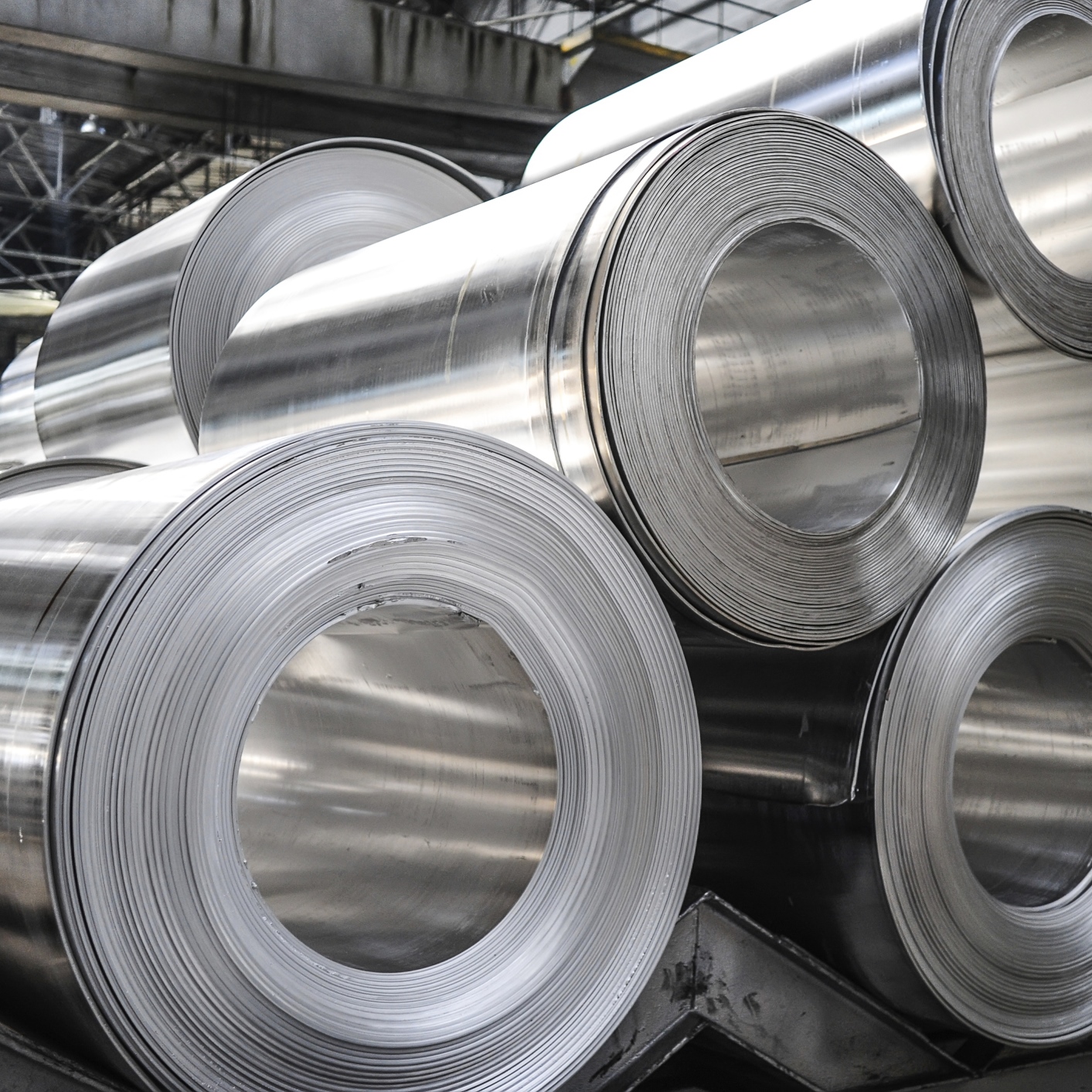Economy
Producer Prices Keep Higher Inflation Theme Alive in February

Published:
Last Updated:

At odds is just how much a federal funds rate hike is priced into the market.
Tuesday’s economic reports included the Producer Price Index (PPI). This is a measurement of wholesale inflation, and it is based on a final demand calculation. PPI rose by 0.3% in February, higher than the Bloomberg consensus estimate of 0.1%. That might not sound too high on a monthly reading, but the annualized number came to 2.2%.
What matters here is that anything close to 2% gets the Federal Reserve within its target range in order to justify hiking rates.
The headline excluding food and energy is the core inflation rate, and that was up 0.3% on the monthly headline and up 1.5% on the annualized reading.
Then there was the core reading that goes further than just eliminating food and energy by excluding the trade services as well. This measure was up 0.3% on the monthly reading in February, but it was up 1.8% on the annualized number.
After looking at the full report, the FOMC has plenty of cover to finally take fed funds further away from zero. Even at a 1% rate that could be seen later in 2017, that is more than accommodative on a historical basis. That 2.2% headline reading was also the highest rate of wholesale inflation in almost five years.
The rise in energy from a year ago has been a key driver of inflation. That was up 0.6% in February but was up more than that from a year ago when energy prices were depressed. The U.S. Department of Labor expanded further on this to show that it was not just to be interpreted as a change in oil prices:
Nearly 70 percent of the February increase in prices for final demand goods is attributable to the index for electric power, which climbed 1.6 percent. Prices for fresh and dry vegetables, jet fuel, liquefied petroleum gas, pharmaceutical preparations, and residual fuels also rose. Conversely, the index for gasoline fell 2.5 percent. Prices for beef and veal and for search, detection, navigation, and guidance systems and equipment also decreased… A major factor in the February advance in the index for processed goods for intermediate demand was prices for primary basic organic chemicals, which increased 4.3 percent. The indexes for electric power, cold rolled steel sheet and strip, residual fuels, rubber and rubber products, and lubricating oil base stocks also moved higher.
One issue that can always come into play on the wholesale side of the equation is that retailers and discounters often do not pass on the higher prices at the supplier level. Sometimes that just comes at a margin cost, and other times it may be minimized by hedging or by keeping costs lower on other inputs and services.
The last few years made people forget how much banks and CD’s can pay. Meanwhile, interest rates have spiked and many can afford to pay you much more, but most are keeping yields low and hoping you won’t notice.
But there is good news. To win qualified customers, some accounts are paying almost 10x the national average! That’s an incredible way to keep your money safe and earn more at the same time. Our top pick for high yield savings accounts includes other benefits as well. You can earn up to 3.80% with a Checking & Savings Account today Sign up and get up to $300 with direct deposit. No account fees. FDIC Insured.
Click here to see how much more you could be earning on your savings today. It takes just a few minutes to open an account to make your money work for you.
Thank you for reading! Have some feedback for us?
Contact the 24/7 Wall St. editorial team.